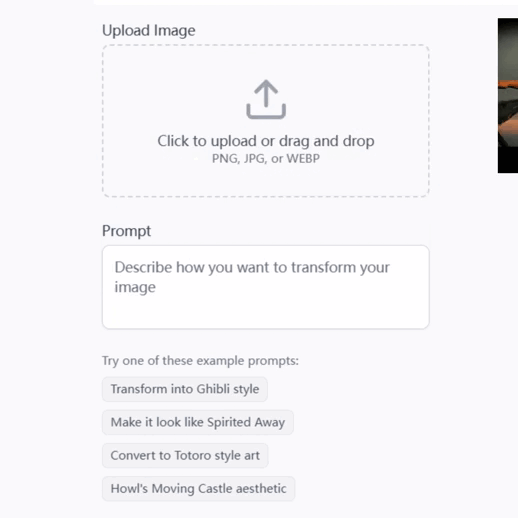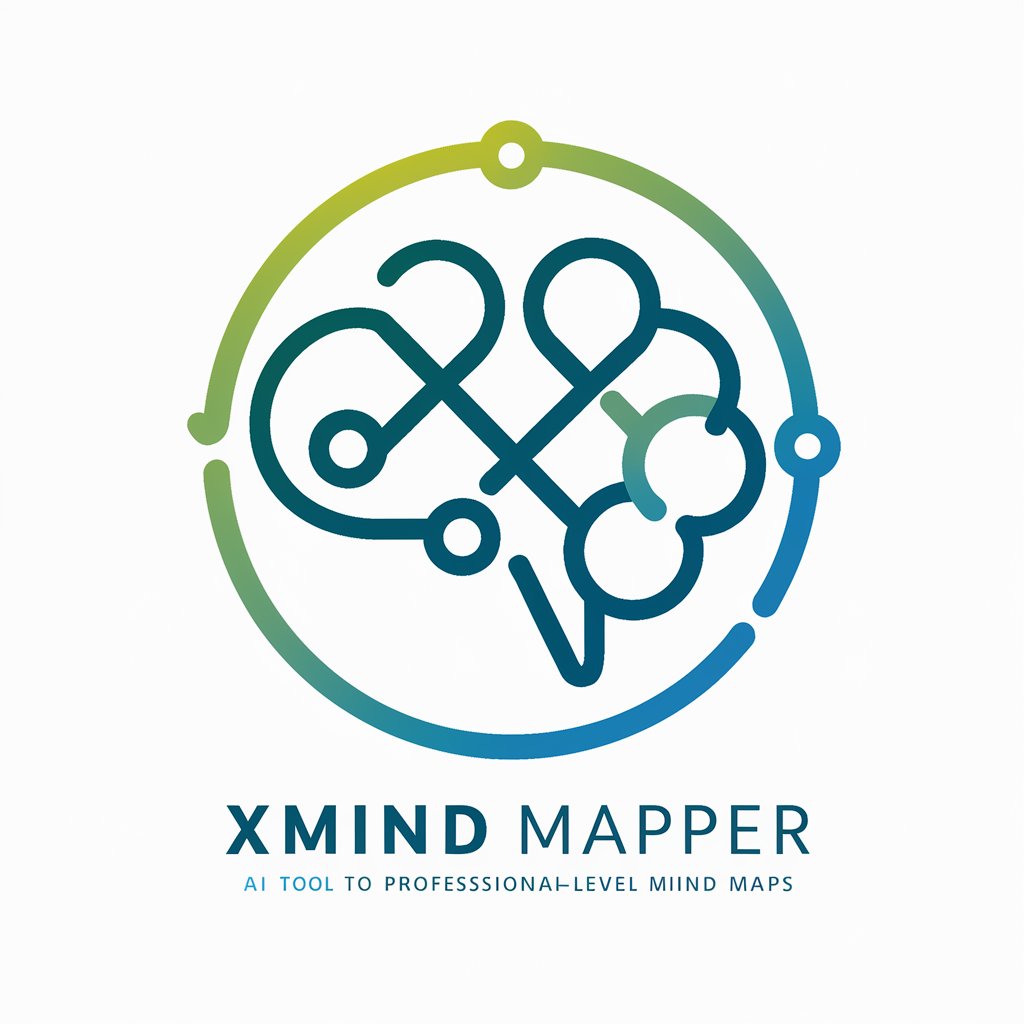
マインドマップ・サマライザー - text summarization tool in mind map.

Let's summarize your video in a fun, mind map way!
AI-powered mind map summarization for everyone.
使い方を教えて
Get Embed Code
Introduction to マインドマップ・サマライザー
The マインドマップ・サマライザー (Mindmap Summarizer) is a text-based tool designed to process and organize complex or lengthy texts into structured mind maps. Its primary goal is to simplify information, making it easier for users to understand and analyze. By breaking down large bodies of content into hierarchical, bullet-pointed structures, it enables users to visualize relationships between different parts of the text. The design purpose is to help users navigate complex ideas, identify key themes, and retain essential details more efficiently. A typical scenario would involve a user providing a large report or article, and the マインドマップ・サマライザー would reorganize the information into a layered structure with primary themes at the top and subcategories branching out. This tool could be especially useful for academics, business professionals, or students dealing with dense information. For instance, if a user submits a 30-page research paper, the マインドマップ・サマライザー can condense it into a mind map showing key arguments, methodologies, results, and conclusions. Powered by ChatGPT-4o。

Main Functions of マインドマップ・サマライザー
Text Summarization
Example
A student uploads a lengthy chapter from a textbook, and the マインドマップ・サマライザー summarizes the main points, providing a clear outline of the chapter.
Scenario
The student can quickly grasp the chapter's content by reviewing the summarized mind map rather than reading through the entire text again.
Mind Map Creation
Example
A business analyst submits a market research report, and the マインドマップ・サマライザー organizes it into a mind map with categories such as 'Market Trends,' 'Consumer Behavior,' and 'Competitive Landscape.'
Scenario
The analyst can use the mind map in presentations, easily showcasing the report’s insights in a clear, visual format.
Content Structuring
Example
A research paper with multiple sections—literature review, methodology, results—is structured into a hierarchy where each section is broken down into further subtopics.
Scenario
Researchers use the structured output to navigate between sections during revision or peer review, ensuring no section is overlooked.
Theme Extraction
Example
A novelist submits the draft of their book, and the tool extracts key themes like 'Conflict,' 'Character Development,' and 'Setting Evolution.'
Scenario
The novelist reviews the thematic breakdown to assess whether their narrative structure aligns with their original story objectives.
Keyword Focus
Example
A legal team submits a contract, and the マインドマップ・サマライザー identifies critical terms such as 'Obligations,' 'Liabilities,' and 'Duration.'
Scenario
The legal team can use the focused keywords to review the contract more efficiently, ensuring all important clauses are examined.
Ideal Users of マインドマップ・サマライザー
Students and Academics
Students can use the tool to break down textbook chapters, academic articles, or research papers, making it easier to study and revise. Academics benefit from organizing complex research into clear summaries, which can help in drafting papers or teaching materials.
Business Professionals
Business analysts, marketers, and managers can use the tool to condense market reports, business strategies, or industry research into structured mind maps for better decision-making or presentations.
Writers and Novelists
Authors can use the tool to analyze and structure their narrative, helping them ensure consistency in theme development, character arcs, and plot progression, which can be particularly useful during the editing phase.
Legal Professionals
Lawyers and legal assistants can upload contracts, case law, or legal documents, and the マインドマップ・サマライザー will highlight key clauses and themes, making document review and case preparation more efficient.
Researchers and Scientists
Researchers can break down lengthy scientific papers, technical reports, or study data into digestible structures, ensuring that key findings and methodologies are clearly visible for review or further analysis.

How to Use マインドマップ・サマライザー
1
Visit yeschat.ai for a free trial without login, also no need for ChatGPT Plus.
2
Upload or paste the text you want to summarize into the input box. You can enter any genre or type of content.
3
Use the designated commands like '#終了' at the end of your text to signal the tool to process the input.
4
Once processed, receive a structured, hierarchical mind map in text format, based on your input.
5
For optimal results, ensure that your text is organized, and use specific keywords or themes to guide the summarization process.
Try other advanced and practical GPTs
BigQuery SQL Optimizer
AI-powered tool to optimize SQL queries.
Game Character Diary
Create immersive game-based narratives with AI

etymologia
AI-powered word origin exploration.

龙年多风格头像生成器
Create unique avatars powered by AI

Lyrics Analyzer
AI-powered insights into song lyrics

Norma ABNT bot
AI-powered ABNT formatting and citation help.

Home Style Advisor
AI-Powered Interior Design for Everyone
MBBS Medical Tutor
AI-powered medical tutor for students

soar
Transforming text into dynamic video with AI

Video Summary (Updated 2024)
AI-Powered Summaries for Every Video

SmartGPT
AI-driven solutions for every task.

Interview CheatSheet
AI-powered interview question generator

Frequently Asked Questions about マインドマップ・サマライザー
What kind of texts can I input into マインドマップ・サマライザー?
You can input any genre of text, including academic papers, business documents, technical articles, or creative writing. The tool is designed to summarize long and complex texts into a clear, hierarchical mind map.
Do I need to sign up or pay for ChatGPT Plus to use マインドマップ・サマライザー?
No, you don’t need to sign up or pay for ChatGPT Plus. Simply visit yeschat.ai and use the tool for free without login.
What are the benefits of using マインドマップ・サマライザー?
It helps you break down complex texts into clear, structured summaries. This is useful for improving understanding, organizing information, and preparing for presentations, studies, or reports.
How does マインドマップ・サマライザー handle very long texts?
If the text is too long, the tool processes it in sections. You can signal the end of each section by adding '#終了' to ensure the tool creates the most comprehensive summary.
Can I use the tool for non-English texts?
Yes, マインドマップ・サマライザー supports multiple languages, and it can summarize content in languages other than English, including Japanese, French, and more.






